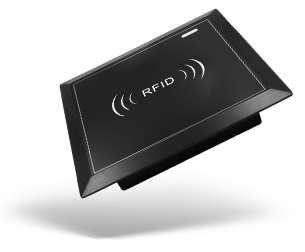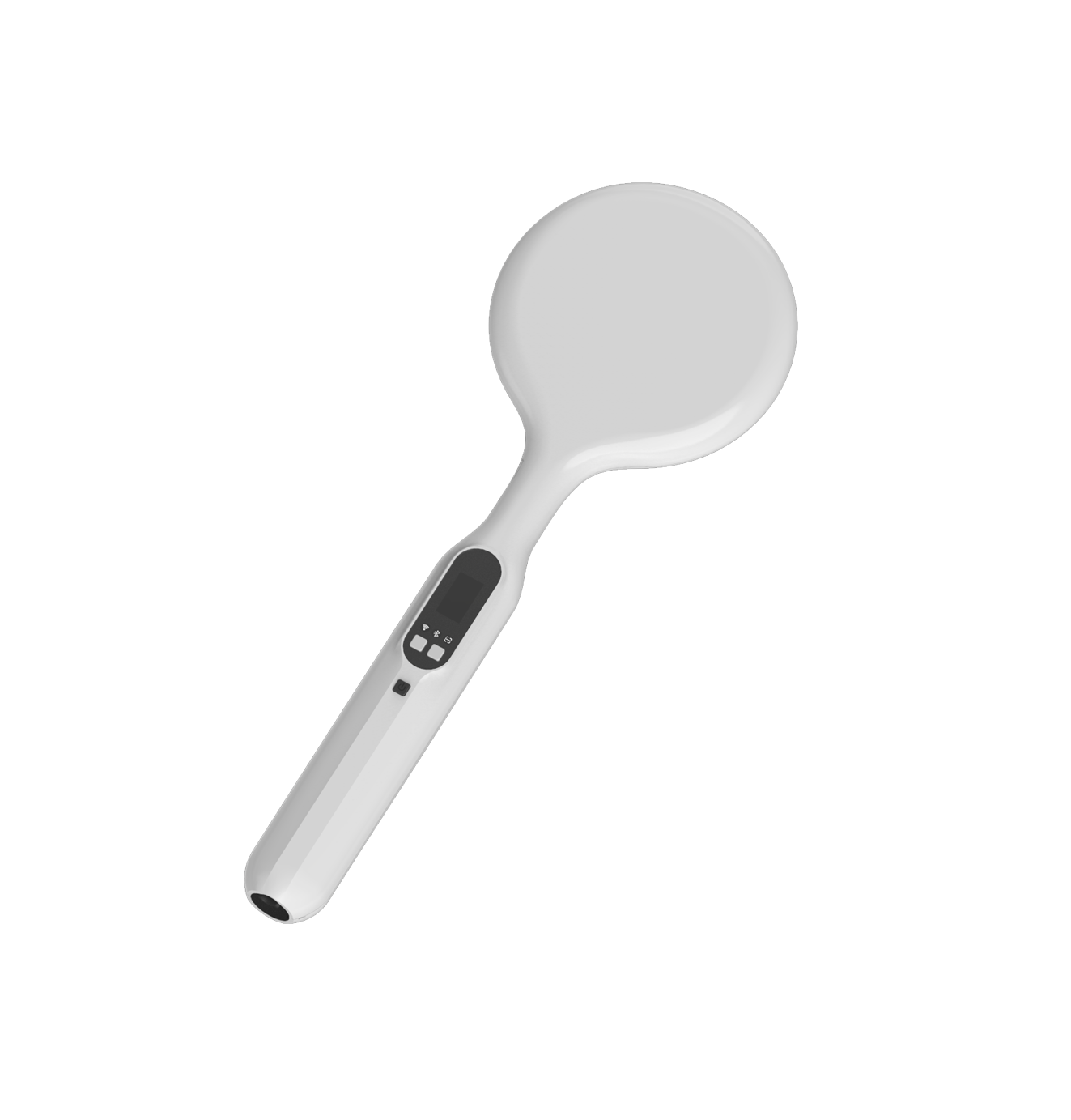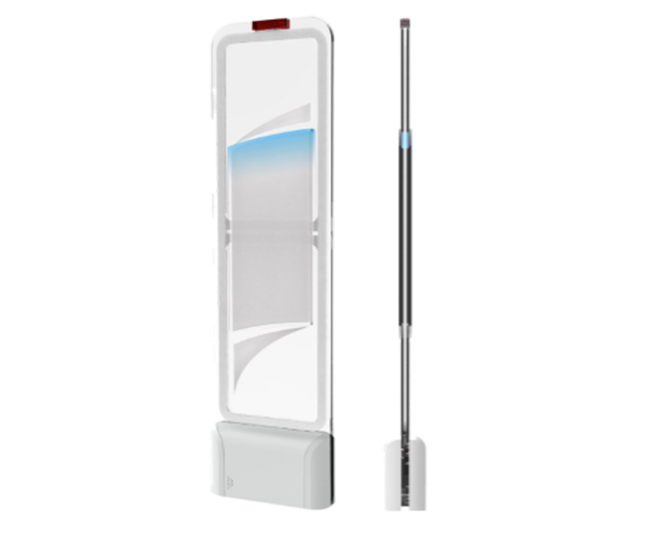



The first is the different operating frequencies, (low frequency: about 125KHz; high frequency: 13.56MHz; ultra high frequency or UHF: 860-960MHz); secondly, the difference in reading distance.
RFID tags enable fast scanning while scanning multiple tags, and barcodes can only be scanned once at a time. Moreover, RFID tags are highly resistant to contamination and durability and can be reused.
The data is stored in an RFID tag chip waiting to be read; the antenna of the tag receives the electromagnetic field emitted by the RFID reader antenna; the tag transmits radio waves to the reader under the power supply of the internal electromagnetic field emitted by the battery or the reader. The reader receives the radio waves emitted by the tag and interprets its corresponding frequency data.
首先是工作频率不同,(低频:125KHz左右;高频:13.56MHz;超高频或UHF:860-960MHz);其次,就是读取距离的不同。
首先是工作频率不同,(低频:125KHz左右;高频:13.56MHz;超高频或UHF:860-960MHz);其次,就是读取距离的不同。





